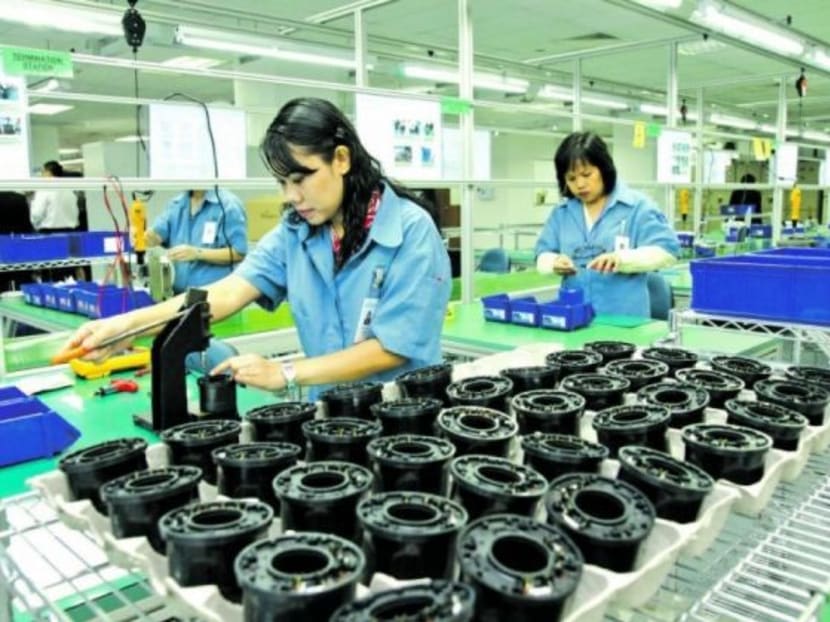Manufacturing key to S'pore's economy: Iswaran
SINGAPORE — Manufacturing remains a key pillar to the Republic’s economy and the Government will undertake measures to ensure the sector is well-positioned for the future even as the nature of the sector continues to change, Minister for Trade and Industry (Industry) S Iswaran said on Thursday (April 7) at the Committee of Supply debate for his ministry.
SINGAPORE — Manufacturing remains a key pillar to the Republic’s economy and the Government will undertake measures to ensure the sector is well-positioned for the future even as the nature of the sector continues to change, Minister for Trade and Industry (Industry) S Iswaran said on Thursday (April 7) at the Committee of Supply debate for his ministry.
Based on MTI’s estimates, a S$1 billion increase in manufacturing value added will generate about S$300 million of value added and 2,400 jobs in the rest of the economy.
The Government, Mr Iswaran said, will continue to invest in advanced manufacturing technologies such as additive manufacturing and robotics, and promote their adoption. It will also work with the industry to capture opportunities from new business models, creating enabling infrastructure and propelling talent development.
A S$4.5 billion Industry Transformation Programme was also introduced by the Government this year to drive productivity, but Mr Iswaran stressed that it will require “deeper partnerships” between large and small companies, public research institutions, trade associations and chambers, unions and the Government.
With broader strategies needed “at the sectoral level” to address current trends and challenges, the programme will be able to bring stakeholders and resources together to create sufficient scale to support development, he said.
“Cluster champions” from agencies such as the Economic Development Board, SPRING Singapore, and International Enterprise (IE) Singapore will be appointed to support the effort.
Addressing queries from Members of Parliament on whether Singapore is deriving value for money for its investments in innovation like the S$19 billion investment in the Research, Innovation and Enterprise (RIE) 2020 Plan, Mr Iswaran said that one measure is the number of research scientists and engineer jobs in Singapore, which has increased from 19,000 in 2004 to 33,000 in 2014.
Seventy per cent of those jobs are held by locals, he noted.
Another measure, he said, is the business spending on R&D, which has doubled from S$2.6 billion to S$5.2 billion over the same 10-year period, catalysed by public spending on R&D.
“Under RIE 2020, we will enhance the programme to second senior research scientists and engineers (RSEs) to SMEs. These senior RSEs will bring to SMEs deeper technological expertise and greater access to research networks. They will be able to act as Chief Technology Officers or R&D directors, and provide SMEs with impactful company-wide strategic direction to grow their business through innovation,” he added.
With a word of caution against a “parochial” attitude towards innovation and emphasising that some of the best results come from collaborative innovation, Mr Iswaran said, “We must maintain an open innovation ecosystem that fosters collaboration between multiple stakeholders, whether public or private, large or small, local or foreign. Such R&D activities bring other valuable benefits to Singapore, including test-bedding, capability development, anchoring of new activities and ventures, and the creation of good jobs.”







